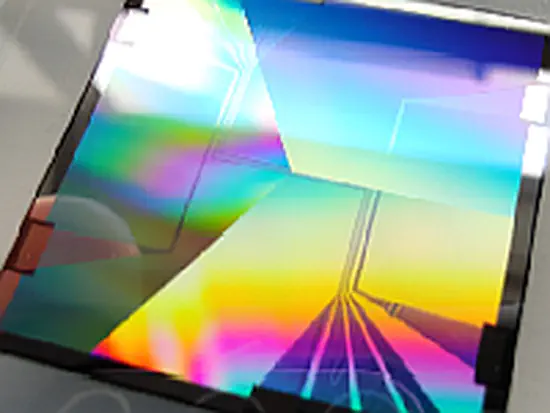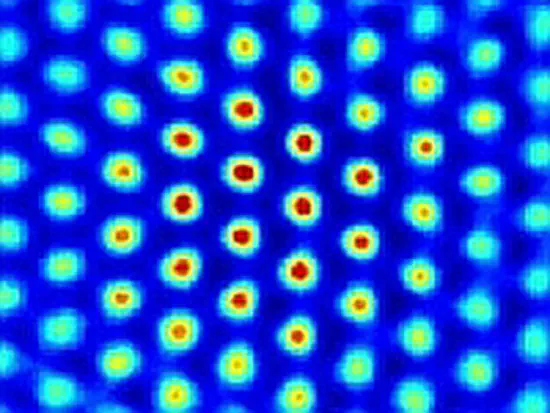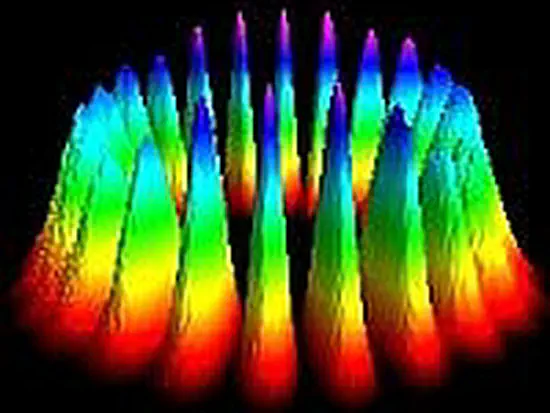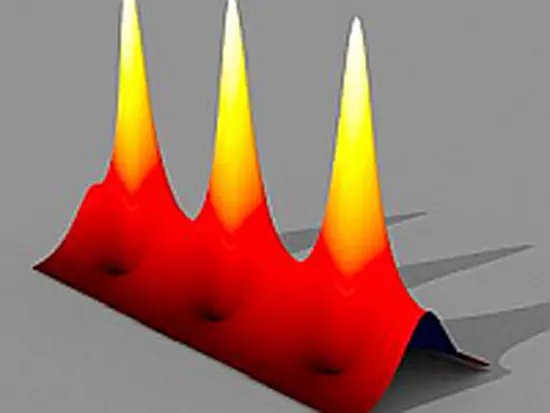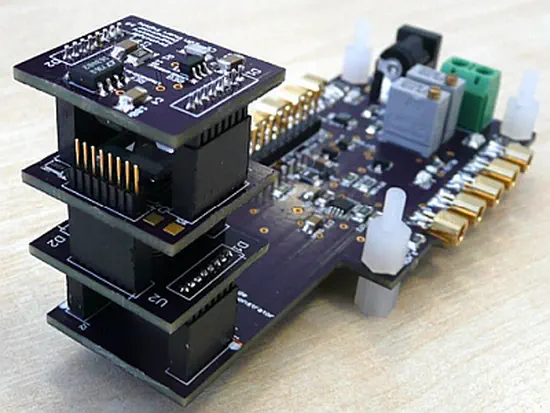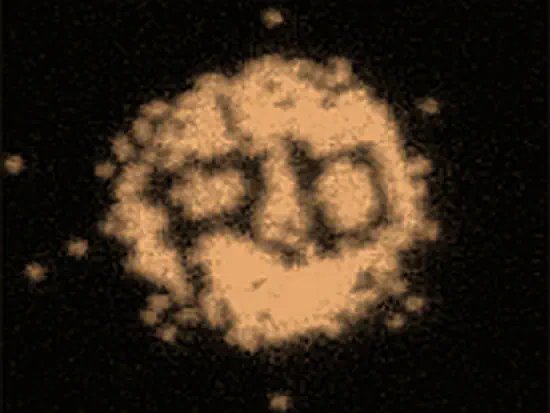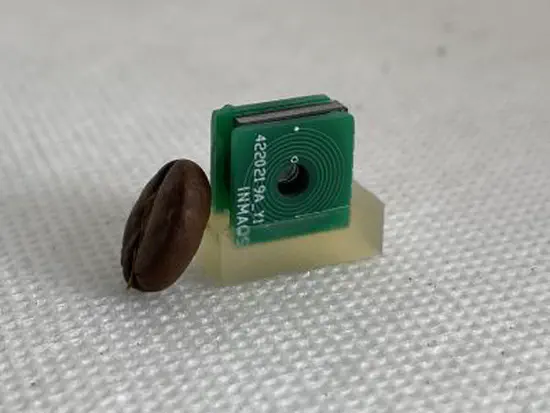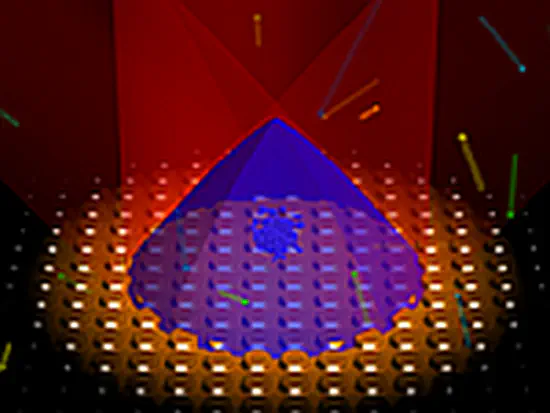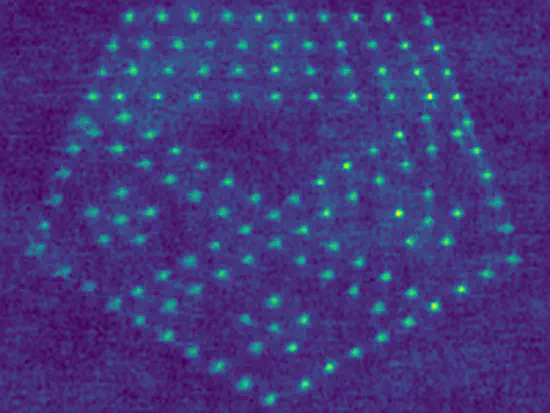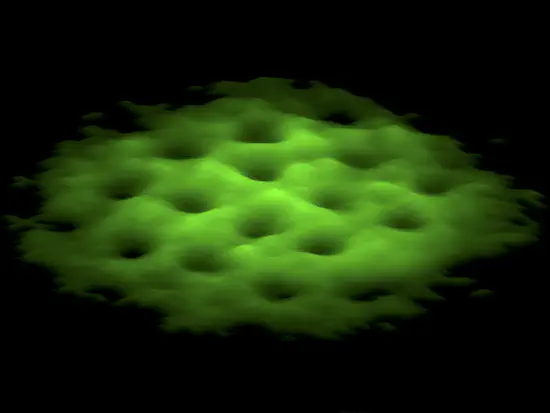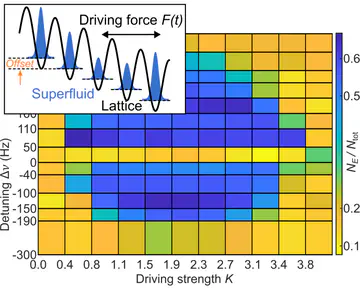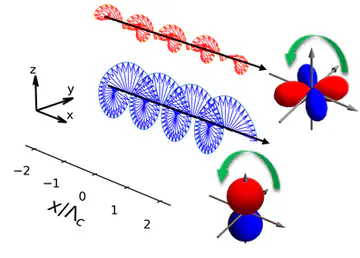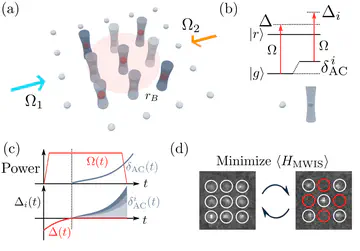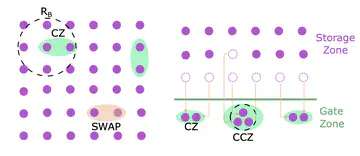Experimental Quantum Optics
and Photonics Group
Welcome to the University of Strathclyde’s Experimental Quantum Optics and Photonics Group. We are part of the Optics Division in the Department of Physics. Please contact us if you are interested in working in our research areas. See also the International Graduate School for Quantum Technologies, and available PhD opportunities.
Research Areas and Groups
Latest News
Interactions in Floquet-driven quantum gases cause unwanted heating and excitation modes. We found a general set of resonance conditions that explain this ‘‘Floquet heating’’ for superfluids in optical lattices. Phys. Rev. Research 6, 023323 (2024).
Spontaneously Sliding Multipole Spin Density Waves in Cold Atoms.
Spontaneously Sliding Multipole Spin Density Waves in Cold Atoms reported in Physical Review Letters
Neutral atom arrays have emerged as a versatile platform towards scalable quantum computation and optimisation. In this paper we present first demonstrations of weighted graph optimization on a Rydberg atom array using annealing with local light-shifts. We verify the ability to prepare weighted graphs in 1D and 2D arrays, including embedding a five vertex non-unit disk graph using nine physical qubits. We find common annealing ramps leading to preparation of the target ground state robustly over a substantial range of different graph weightings. This work provides a route to exploring large-scale optimisation of non-planar weighted graphs relevant for solving relevant real-world problems. For more details see arXiv:2404.02658.
We have performed theoretical work on algorithmic benchmarking to evaluate the performance of near-term neutral atom processors accounting for realistic gate errors and atom loss. We show that for a 9 qubit system a quantum volume of 29 is attainable, the maximum possible for this size of processor, highlighting the viability of using near-term neutral atom hardware for small-scale algorithms. For more details see arXiv:2402.02127.
Recent publications
Local control and mixed dimensions: Exploring high-temperature superconductivity in optical lattices
arXiv
(2024)
The simulation of high-temperature superconducting materials by implementing strongly correlated fermionic models in optical lattices …
Optical superlattice for engineering Hubbard couplings in quantum simulation
arXiv
(2024)
Quantum simulations of Hubbard models with ultracold atoms rely on the exceptional control of coherent motion provided by optical …
Spontaneously Sliding Multipole Spin Density Waves in Cold Atoms
Physical Review Letters
132,
143402
(2024)
We report on the observation of spontaneously drifting coupled spin and quadrupolar density waves in the ground state of laser driven …
Continuous Acceleration Sensing Using Optomechanical Droplets
Atoms
12,
15
(2024)
We show that a Bose–Einstein Condensate illuminated by a far off-resonant optical pump field and its retroreflection from a feedback …
